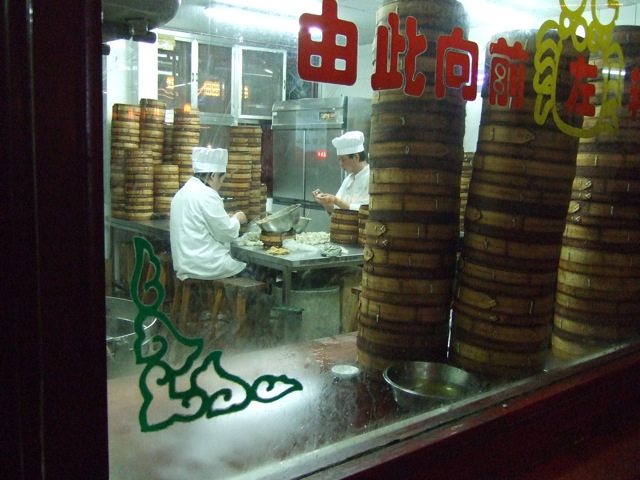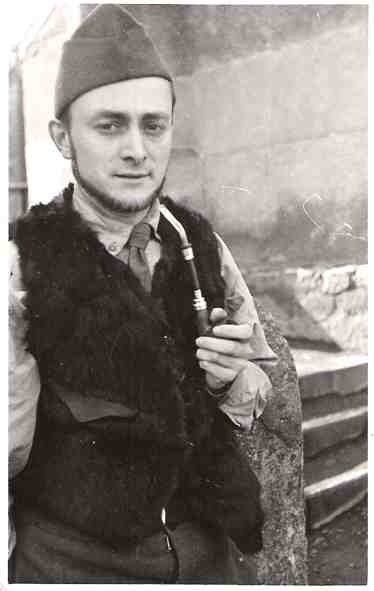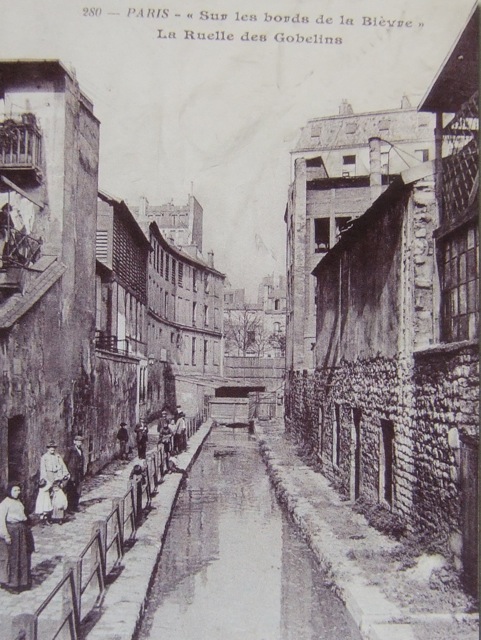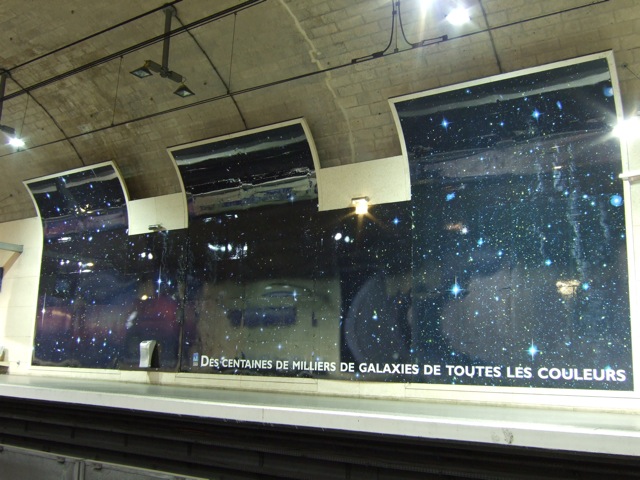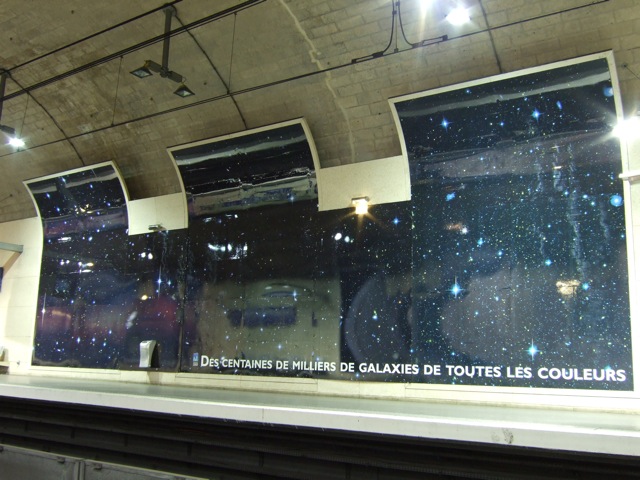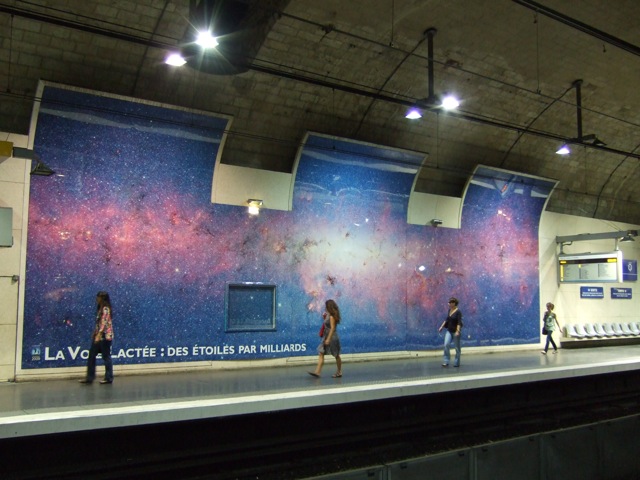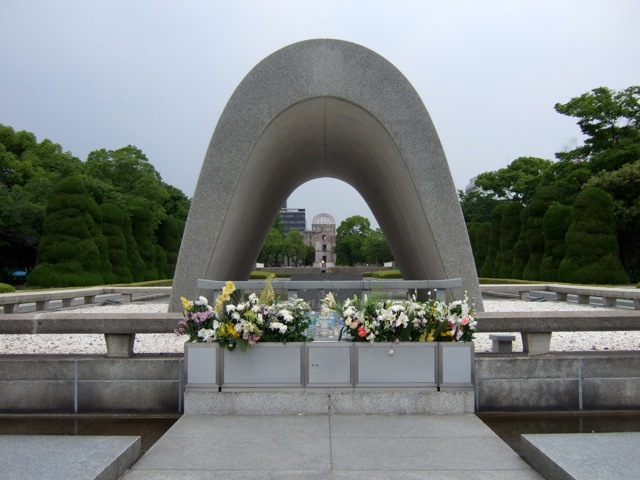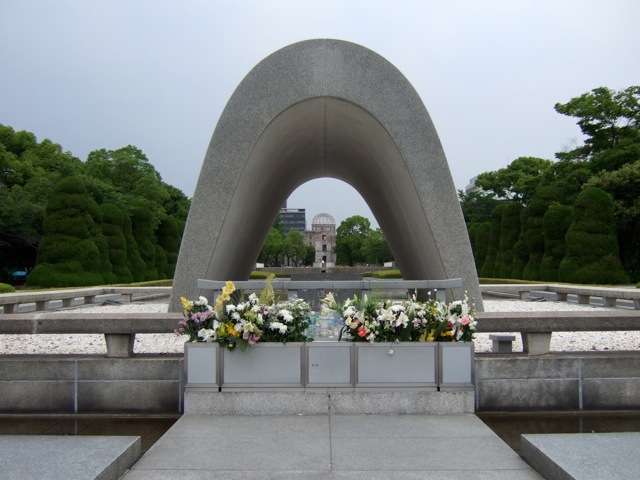From Shanghai
I’ve just returned from two weeks on the eastern edges of the eurasian continent, a few kilometers from the shores of the East China Sea. Shanghai. From there it’s still possible to return to Paris without crossing water, but only just. I spent two weeks there to work with my friend Martin who has been there for three months with the astronomy group at Shanghai University — I thought this would be a good opportunity to visit the city and to get some work done far from the distractions of Paris (which at the end of my stay I began to miss a little I have to admit). It’s my second visit to China, although on my last visit I only spent a day or two in Beijing, the rest of my time was in remote provinces like Xining and of course Tibet. So this time I’ve really had time to see the city and experience daily life here.
Shanghai has had a long a turbulent history and has a very different ambience compared to the crypto-Stalinist streets of Beijing. Foreign powers competed for influence there in the beginning of the 20th century, and streets in the French concession area are surprising — one could almost be standing in a street somewhere in Europe, if it were not for the signs in Chinese. Some of the architecture reminded me of the older building you see in the city centre of Victoria, Canada, not surprising really as they were constructed at approximately the same time, beginning of the 20th century.
When I was there with Martin we spent most of our time in the University area, leaving from time to time for forays into the Bund in the evening. There are many expatriates in Shanghai (someone told me there are more than 100,000 Germans there alone) and this has led to the creation of many expensive restaurants whose clientele is almost exclusively foreign as a consequence of their prices — which are still only comparable to an average restaurant in Paris. There really is an incredible range of prices between al the different restaurants we ate at from the University canteen where a bowl of noodles are 50 cents to restos in the bund and downtown area which are perhaps ~30-50 times more expensive, even more. Everything can be bought in Shanghai, including tins of Illy coffee, for the price of ~14 meals at the university canteen.
I had terribly bad luck with the weather whilst I was there. The first two days it was unseasonably warm, and I complained constantly to Martin that I had brought the wrong clothes (he had told me to be prepared for cold.) The monday after I arrived the temperatures dropped steeply and it started to rain, and continued to rain for almost a week without interruption. I said to my friends: is this Shanghai or Manchester? One morning we left the apartment (I stayed in a spare room in Martin’s apartment) to see flakes of snow floating down from the sky, an almost unheard of event in Shanghai. So I dug my gloves and scarf out of the bottom of my bag. But this wasn’t enough! It turns out that most of the buildings in Shanghai have only air-conditioners for heating, which can blow warm air as well as cold. So that makes the air nice and warm, but leaving the office in evening I found that my bag was still cold from the morning walk to work. The corridors and toilets were likewise unheated, so a trip to the bathroom resembled an arctic expedition. A day or so after I left, temperatures returned to normal, back to ~15 degrees again.
We ate extremely well indeed. Luckily Martin’s friend Ye was ready to accompany us to restaurants near the University, where there were was in general no English menu and no-one who spoke English. It’s exactly as I’d heard; there is an incredible diversity in Chinese food which from the west is hardly apparent at all. Like Italian food, there is a great many different dishes from different regions of China which is almost unknown in the west, where it’s essentially Cantonese food we eat. We ate a lot of Szechuan meals, returning at least twice or three times to two restaurants near the University. The best dishes were very spicy but not overwhelmingly so — the flavor of the dish was not completely overwhelmed by tons of chilli peppers. Normally we were the last people to eat; most people eat early in Shanghai, at around 7-8pm. In most cases there was perhaps only one or two other tables occupied. In one restaurant we lingered perhaps too long and the waitress brought us the bill, without us asking for it, but then fair enough, it was late… as we left, we saw the entire staff of restaurant trooping up the stairs to the restaurant’s upstairs tables, carrying steaming woks filled with food — they were anxious that we should leave so they could eat their dinner themselves.
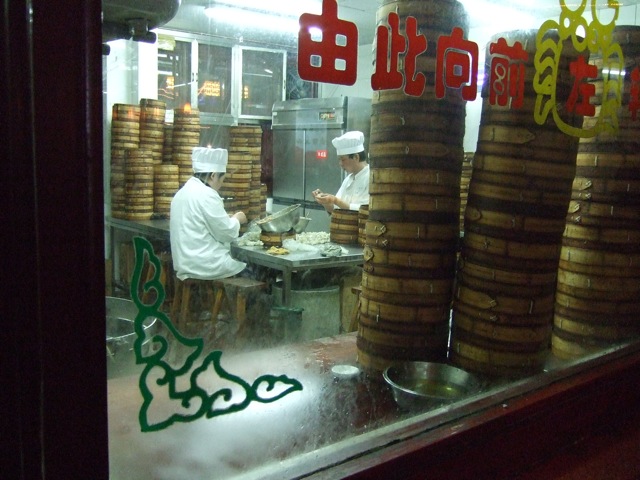
(These are some guys making dumplings near the Jade Garden part of town…)
One evening, ploughing through I don’t know how many bowls of excellent food, I remarked that ‘life sure is tough under communism’ and indeed from the privileged viewpoint of the centre of Shanghai that certainly seems the case. Most of these restaurants only opened in the last twenty years. But now they are certainly doing well. And while the quality of the food in the expensive foreigner-friendly restaurants in the concession was excellent, one is more than anything paying for the location, the subdued lighting, the attentive service. At the Szechuan resto around the corner looking carefully one evening I found that all the restaurant’s cigarette butts had been nonchalantly swept under our table…
